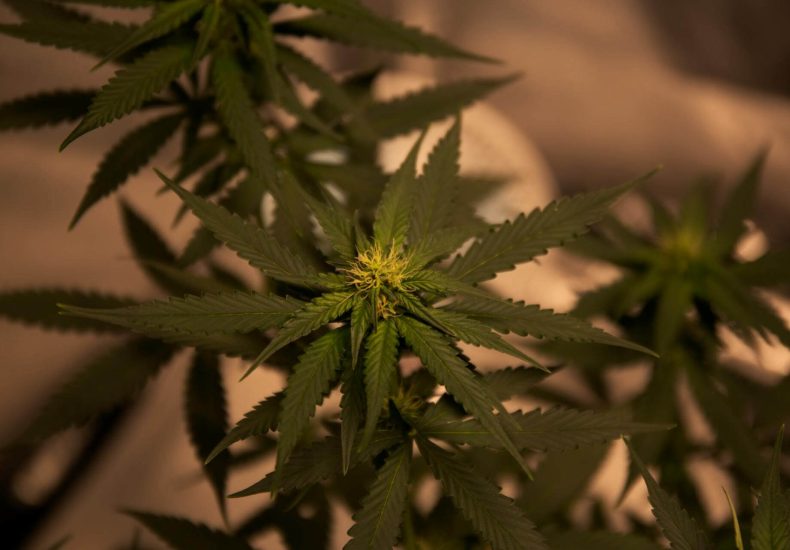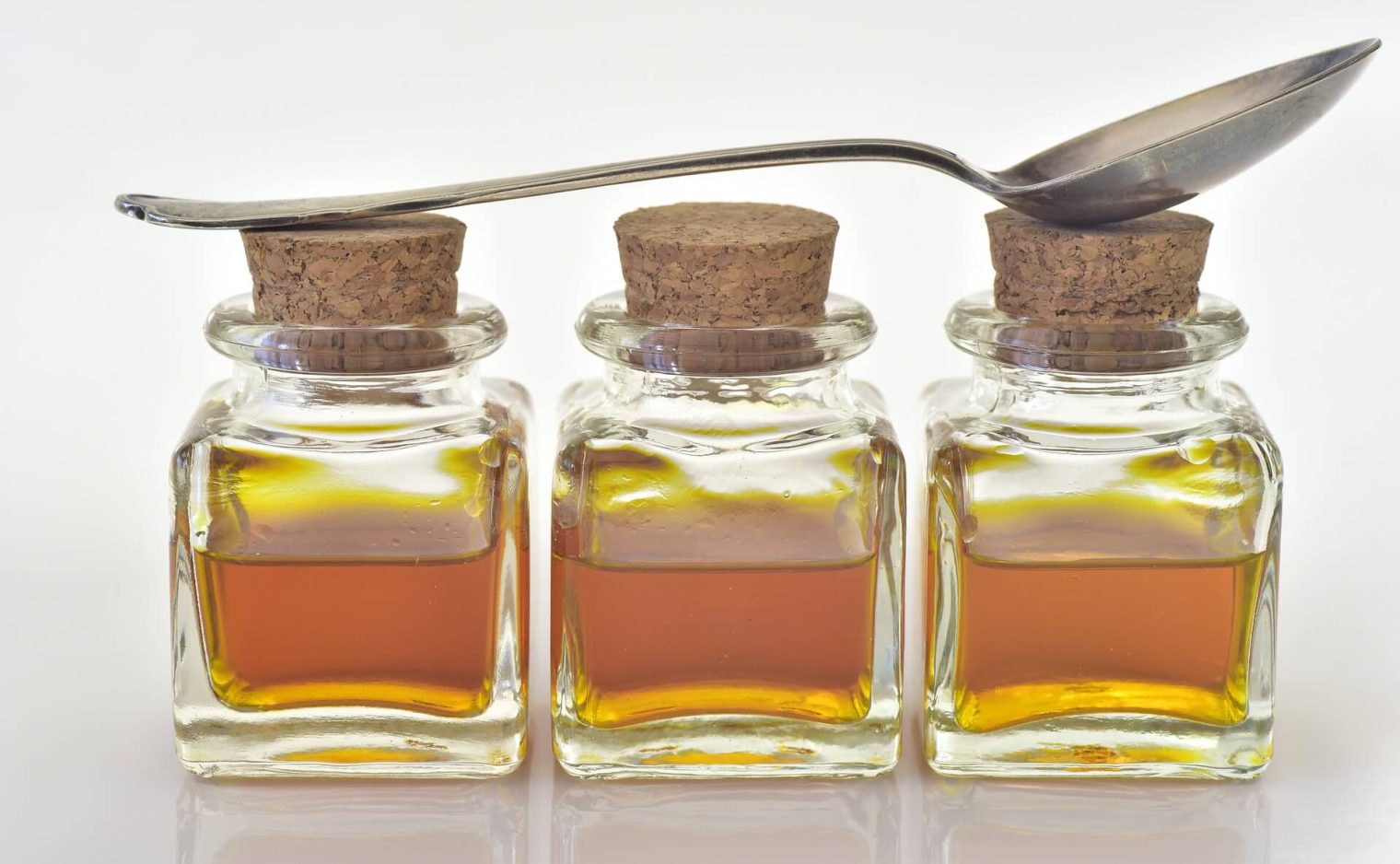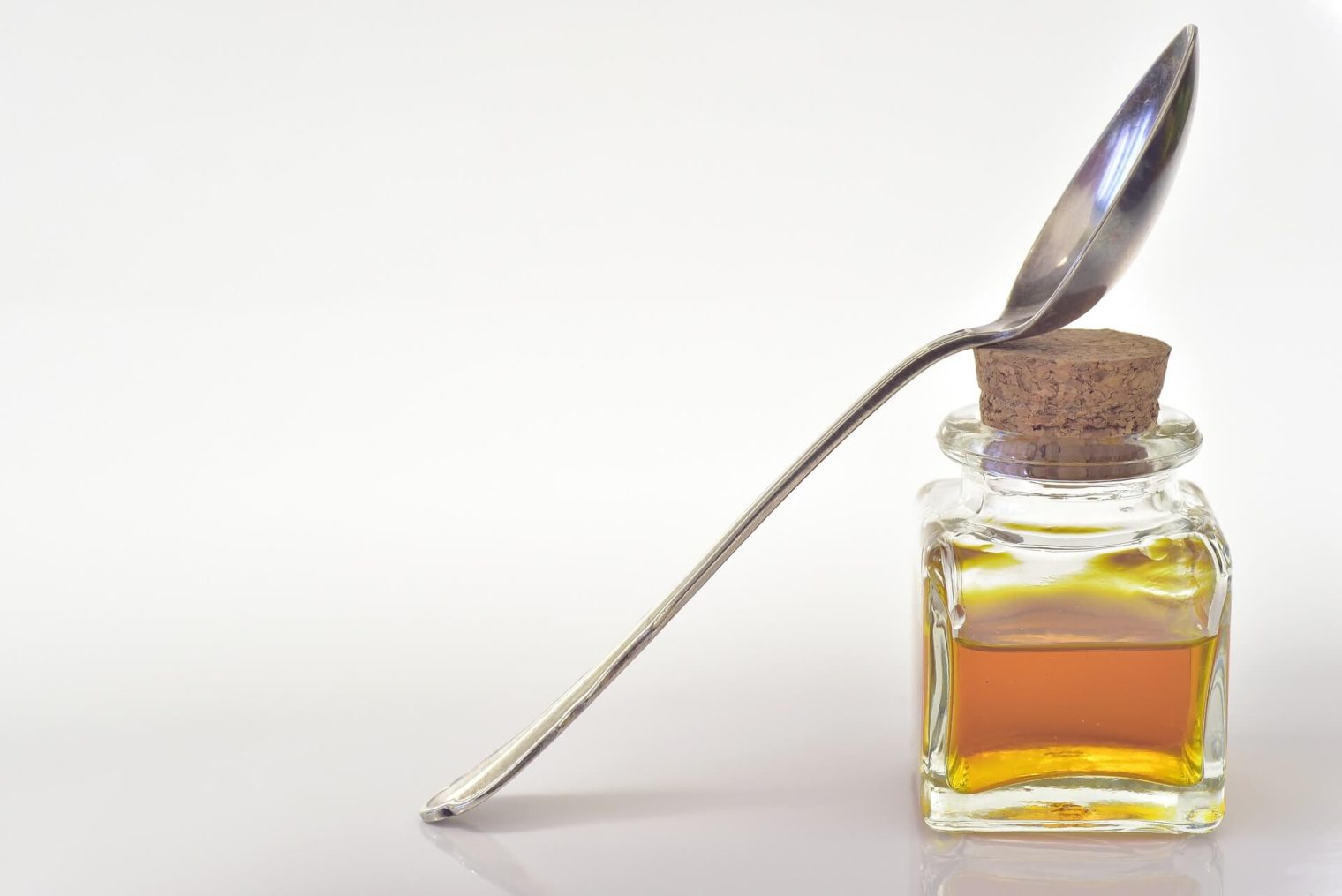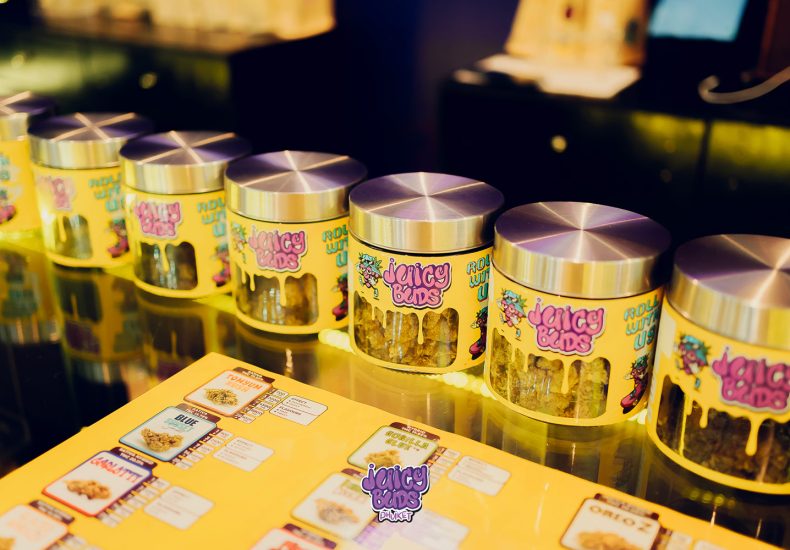 Cannabis
Cannabis
Table of Contents
Cannabis tinctures are becoming a popular choice for those looking to enjoy the benefits of cannabis without smoking. Maybe you’ve heard about them but feel confused on how to get started.
Many people find themselves overwhelmed by the options and dosing when it comes to using cannabis in its various forms. Tinctures offer a solution, yet there’s much to learn about making, using, and dosing them properly.
Here’s an interesting fact: Weed tinctures have been around since the 1800s, serving as one of the earliest forms of marijuana medicine. This guide will walk you through everything from what a cannabis tincture is to how you can make your own at home or choose the best ones available for purchase.
We’ll also share insights into dosing correctly so you can enjoy their full benefits safely and effectively. Keep reading for all you need to master cannabis tinctures.

What is a Cannabis Tincture?
Cannabis tinctures are liquid extracts of cannabis, typically made with alcohol or glycerin, used for oral consumption. They have a long history and were traditionally used as herbal remedies before the prohibition era.
Definition
A cannabis tincture is a liquid form of marijuana, made by extracting the active compounds from the plant with alcohol or another solvent. This process pulls out the cannabinoids like THC and CBD, along with terpenes and other beneficial compounds, creating a potent liquid that can be taken in small doses.
Tinctures are valued for their ability to provide the medicinal benefits of cannabis without the need to smoke or vaporize flower.
Using droppers, people can consume these tinctures directly under their tongue or add them to foods or drinks. The versatility and ease of dosing make weed tinctures a preferred method for both recreational and medicinal users looking to master their experience with precision.
This makes mastering weed tinctures key for anyone seeking effective ways to use cannabis for health and wellness.
History and origins
Cannabis tinctures have a rich historical legacy, originating from early apothecaries where they were utilized for their medicinal properties. The process of creating tinctures dates back centuries, and they were widely used before the prohibition era due to their easy storage and long shelf life.
As cannabis has become legalized in various forms across different regions, the interest in traditional methods such as tincture-making has experienced a revival.
The resurgence of interest in cannabis tinctures is driven by an increasing desire for natural remedies and alternative consumption methods. With the history steeped in herbal medicine traditions, cannabis tinctures have evolved to meet modern needs while maintaining their roots in ancient practices.
Moving forward with this comprehensive guide, it’s vital to acknowledge how these time-honored elixirs are making a significant impact today.
Comparison to edibles
When it comes to comparing tinctures with edibles, there are some key differences. Unlike edibles, which must be digested before the effects are felt, cannabis tinctures can be absorbed quickly under the tongue for a faster onset of effects.
Additionally, dosing with tinctures is more precise compared to edibles, making it easier to control the amount of cannabis consumed. This allows users to tailor their experience and find a suitable dosage more effectively.
The method of consumption also sets tinctures apart from edibles; while edibles need time to kick in after ingestion, tincture effects can manifest within 15-30 minutes when taken sublingually.
Differences from CBD oil
Cannabis tinctures and CBD oils are both derived from the cannabis plant, but they differ in their primary components. While CBD oil is extracted from the hemp plant and contains high levels of cannabidiol (CBD) with minimal to no THC, cannabis tinctures typically contain a balanced ratio of THC and CBD extracted from marijuana plants.
Another notable difference is that CBD oil is often consumed orally, while weed tinctures can be taken sublingually or added to food and drinks for consumption.
The distinction between cannabis tinctures and CBD oil lies in their composition as well as their intended usage. Understanding these differences can help users make informed decisions about which product aligns best with their needs.
Benefits of Cannabis Tinctures
Cannabis tinctures offer smoke-free consumption, precise dosing, and versatility. They can be used for a range of purposes from pain relief to enhancing wellness. Read more about the benefits of cannabis tinctures in our comprehensive guide.
Smoke-free consumption
Cannabis tinctures offer a smoke-free way to consume the therapeutic properties of cannabis without the need for inhalation. By using tinctures, individuals can experience the benefits of cannabis in a discreet and odorless manner.
This method provides an alternative consumption option for those who prefer not to smoke or inhale vaporized products, while still reaping the potential health advantages associated with cannabis tinctures.
To further explore versatile usage options for cannabis tinctures, let’s delve into their precise dosing and the range of uses they offer beyond traditional smoking methods.
Precise dosing
When dosing cannabis tinctures, start with a low dose and gradually increase to find the right amount for you. Use a dropper to measure precise doses and keep track of your consumption.
Remember to wait at least an hour before taking more to gauge the effects. Adjust the dosage based on your experience and desired results, considering factors such as body weight, metabolism, and tolerance.
It’s important to consult with a healthcare professional for personalized dosing recommendations.
Versatility
Cannabis tinctures boast impressive versatility, offering a wide range of consumption options. They can be ingested directly or added to beverages and food for discreet consumption.
Additionally, tinctures can also be applied topically for localized relief, catering to those seeking alternative methods of application.
Furthermore, their versatile nature extends to dosing flexibility, allowing users to adjust their intake based on individual needs and desired effects. This adaptability makes cannabis tinctures an appealing option for those looking to personalize their cannabis experience according to specific preferences and requirements.
Range of uses
Cannabis tinctures have a wide range of uses, including sublingual consumption for quick absorption into the bloodstream, adding to beverages or food for an easy way to incorporate cannabis into daily routines, and as a versatile ingredient in homemade topicals and beauty products.
The precise dosing also makes tinctures ideal for microdosing, allowing users to explore the therapeutic benefits without experiencing strong psychoactive effects. Moreover, some individuals use cannabis tinctures alongside other medications to manage symptoms such as pain, anxiety, and insomnia.
Whether for medicinal or recreational purposes, the diverse applications of cannabis tinctures make them a valuable addition to various lifestyles.
How to Make and Use Cannabis Tinctures
Making and using cannabis tinctures is a straightforward process. The DIY method offers an accessible way to create your own tinctures, while store-bought options provide convenience for those looking for premade solutions.
Proper dosing and storage are crucial elements in ensuring the effectiveness of cannabis tinctures.
DIY method
Making your own cannabis tinctures at home is a straightforward and rewarding process that allows you to tailor the potency and flavor to your liking. You will need high-proof alcohol, decarboxylated cannabis flower, a mason jar, and patience.
Start by placing the decarbed cannabis into the mason jar followed by pouring enough alcohol over it to cover the plant material completely. Seal the jar and let it sit in a cool, dark place for several weeks, ensuring you shake it daily.
When ready, strain out the plant material with cheesecloth or a fine mesh strainer and store your tincture in an amber glass dropper bottle for optimal preservation.
Moving on from making cannabis tinctures at home entails understanding their versatile use for wellness needs or culinary endeavors. The dosage of your tincture depends on its intended effects as well as individual tolerance levels.

Store-bought options
Store-bought options for cannabis tinctures provide a convenient and reliable alternative to making your own. They offer a range of potencies and flavors, catering to different preferences and needs.
These cannabis products ensure consistent quality and accurate dosing, allowing users to experience the benefits of cannabis tinctures without the hassle of DIY preparation. With various formulations available, individuals can easily find a store-bought option that meets their specific requirements, making it convenient to incorporate cannabis tinctures into their wellness routine.
By offering ready-made solutions, store-bought options eliminate the need for meticulous extraction processes while providing a wider selection tailored towards different consumption preferences.
Methods of use
When using cannabis tinctures, the most common method is to place a few drops under your tongue and hold them there for about a minute before swallowing. This allows for quick absorption into the bloodstream, resulting in faster effects.
Alternatively, you can mix the tincture with a beverage or food of your choice for more gradual onset and extended duration. Another popular use is adding tinctures to topical applications such as lotions or creams for localized relief.
Proper dosing is crucial when using cannabis tinctures. Start with a low dose and gradually increase until you achieve the desired effect. It’s important to note that the potency of tinctures can vary, so carefully read product labels and follow dosage recommendations.
Proper dosing
After understanding the methods of use, calculating proper dosing for cannabis tinctures is crucial for achieving desired effects. Start with a lower dose and wait at least an hour before re-dosing to avoid overconsumption.
Consider factors like body weight, metabolism, and tolerance when determining your ideal dosage. Always follow the recommended guidelines on product labels or consult a healthcare professional for personalized advice to optimize your experience.
When it comes to finding the suitable dose, it’s important to note that individual responses may vary. Tailor your doses towards your specific needs and adjust gradually until you achieve the desired effects while keeping in mind potential interactions with any medications you may be taking.
Proper storage
Properly storing cannabis tinctures is crucial for maintaining their potency and effectiveness. Keep tincture bottles in a cool, dark place to prevent exposure to light and heat, which can degrade the cannabinoids.
Additionally, ensure that the containers are airtight to avoid moisture that may cause mold or mildew growth. This will help preserve the quality and longevity of your cannabis tinctures.
To maintain potency and extend shelf life, store your cannabis tinctures away from direct sunlight in a cool, dry environment. Ensure that the storage area is consistently dark and not exposed to fluctuations in temperature or humidity for optimal preservation.
Understanding CBD and THC Tinctures
Differences between CBD and THC tinctures include their origins, uses, and benefits, such as potential pain relief. Comparing hemp and marijuana tinctures also sheds light on the varying costs associated with each type.
Differences between CBD and THC tinctures
CBD and THC tinctures differ in their primary active ingredients. CBD tinctures contain cannabidiol, a non-psychoactive compound known for its potential to promote relaxation and reduce anxiety.
In contrast, THC tinctures contain tetrahydrocannabinol, the psychoactive component responsible for inducing euphoria or a “high” feeling when consumed. While CBD tinctures are sought after for their potential medicinal benefits without intoxication, THC tinctures are favored by those seeking the psychoactive effects of cannabis.
Looking at Hemp vs marijuana tinctures leads to an understanding of how each plant source affects the composition and legal status of the extracts. When considering possible benefits for pain relief, it’s important to note that both CBD and THC have shown promise in managing chronic pain; however, they may interact with different receptors in the body’s endocannabinoid system.
Cost comparison between CBD and THC tinctures can vary based on factors such as extraction methods, potency levels, and regional regulations.
Hemp vs marijuana tinctures
Transitioning from the differences between CBD and THC tinctures, it’s essential to understand the contrast between hemp and marijuana tinctures. Hemp-based tinctures are extracted from industrial hemp plants, containing high levels of CBD but minimal amounts of THC.
On the other hand, marijuana-derived tinctures are sourced from cannabis plants with higher THC content, which produces psychoactive effects when consumed. Both types offer potential benefits for pain relief; however, hemp tinctures may be more cost-effective due to easier cultivation and legal regulations surrounding hemp production.
Possible benefits for pain relief
Cannabis tinctures could potentially provide relief from pain. The cannabinoids in the tincture, such as THC and CBD, have shown promise in alleviating chronic pain and reducing inflammation.
Users have reported positive effects on conditions like arthritis, migraines, and neuropathic pain when using cannabis tinctures for pain management. Additionally, tinctures may offer an alternative for individuals seeking natural remedies for their discomfort without the need to resort to traditional pharmaceuticals.
Cost comparison
Marijuana tinctures offer a cost-effective alternative to some other cannabis products. When comparing the costs, it’s important to consider factors like potency, ingredients used, and the brand reputation.
With DIY methods for making tinctures at home becoming increasingly popular, consumers can save money by creating their own custom tinctures using high-quality ingredients. Additionally, purchasing store-bought cannabis tinctures may present a wider range of options in terms of price points and bottle sizes tailored to individual needs.
When considering the overall value of cannabis tinctures, users should seek more than just affordability; quality is key in unlocking the full potential of these versatile products.
Cannabis Tinctures in 2024
After discovering the benefits and insights of cannabis tinctures, consider their practical applications in your daily routine. With precise dosing and versatile usage, these tinctures offer an efficient way to harness the potential benefits of cannabinoids.
How could implementing cannabis tinctures enhance your health and wellness journey? Have you considered pairing different strains with tinctures for tailored effects? As you explore the realm of cannabis infusions, remember that mastering dosing techniques can lead to significant improvements in potency and effectiveness.
Motivated to embark on this journey towards enhanced well-being through herbal tinctures?


